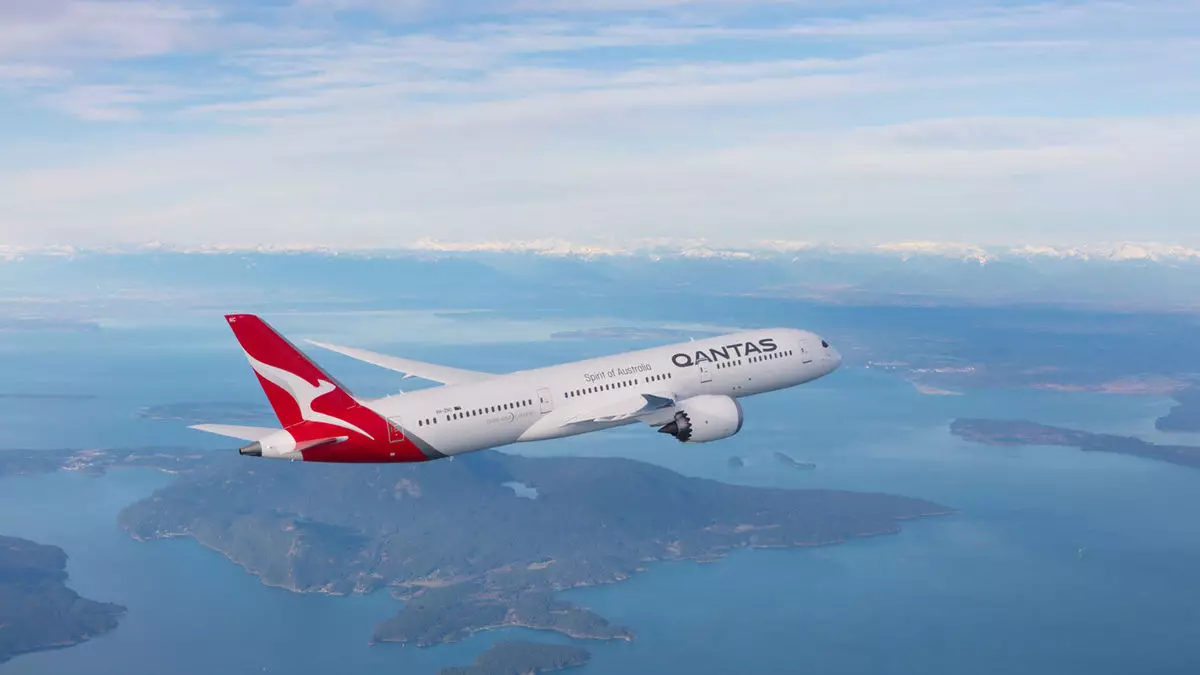The recent breach of Qantas underscores a disturbing trend: airlines, once considered secure and resilient, are now prime targets for sophisticated cybercriminals. The incident reveals that even industry giants, with access to vast resources and advanced security measures, remain exposed in an increasingly complex digital landscape. This attack isn’t just a data breach; it’s a wake-up call exposing systemic vulnerabilities in how airlines manage and safeguard their technological infrastructure.
One of the glaring issues is the reliance on third-party platforms for core customer services. Qantas’s use of an external provider created an Achilles’ heel—an entry point that cybercriminals exploited. It raises a critical point about the peril of outsourcing sensitive data management without stringent oversight. The attack’s scope highlights how fragmented security controls across different vendors and service providers can inadvertently pave the way for breaches that spiral unchecked through the supply chain.
Implications Beyond Immediate Data Loss
While Qantas has reassured that financial and passport details remain untouched, the exposure of personal identifiers like names, email addresses, and frequent flyer numbers can be just as damaging. These seemingly innocuous pieces of data can fuel further identity theft, phishing schemes, or targeted fraud campaigns. The real danger lies not in what was stolen but in what could be inferred or manipulated from the compromised data in the future.
Furthermore, the incident reveals the fragile nature of trust between consumers and corporations—especially those handling sensitive information. Every breach chips away at the perceived security of digital interactions, fostering skepticism among travelers. The airline’s attempt at damage control—asserting operational safety remains unaffected—is necessary but insufficient. Customers demand more than reassurances; they crave demonstrable security and accountability.
The Escalating Cyberwarfare in the Aviation Industry
Add to this the FBI’s warning that organized cybercriminal groups, such as Scattered Spider, are actively targeting airlines and their ecosystems. These malicious actors utilize tactics like impersonation and social engineering to breach internal systems, often through third-party ties. The fact that recent attacks on Hawaiian Airlines and WestJet remain unlinked to specific groups illustrates that the threat landscape is chaotic and unpredictable, complicating attribution and response efforts.
This environment demands that airlines rethink their cybersecurity posture from a holistic perspective. Defensive measures should extend beyond traditional firewalls and encryption, encompassing proactive threat hunting, behavioral analytics, and collaborative intelligence sharing across industry players. The days of passive defense are over; forward-thinking approach and resilience-building have become must-haves.
The New Norm: Cybersecurity as Core Business Strategy
The recent attack on Qantas isn’t solely about data; it signifies a broader shift where cyber risks are as critical as weather disruptions or fuel costs. Airlines must recognize cybersecurity as integral to operational integrity, customer trust, and brand reputation. Investing in cutting-edge security infrastructure, employee training, and third-party vetting processes isn’t optional anymore—it’s existential.
In the end, the Qantas breach should be viewed as a stark reminder: in today’s digital age, no organization, regardless of size or prominence, is immune to cyber threats. Vigilance, agility, and a comprehensive security strategy are imperative to defend against increasingly ruthless adversaries who view airlines as attractive targets with valuable payloads.


Leave a Reply